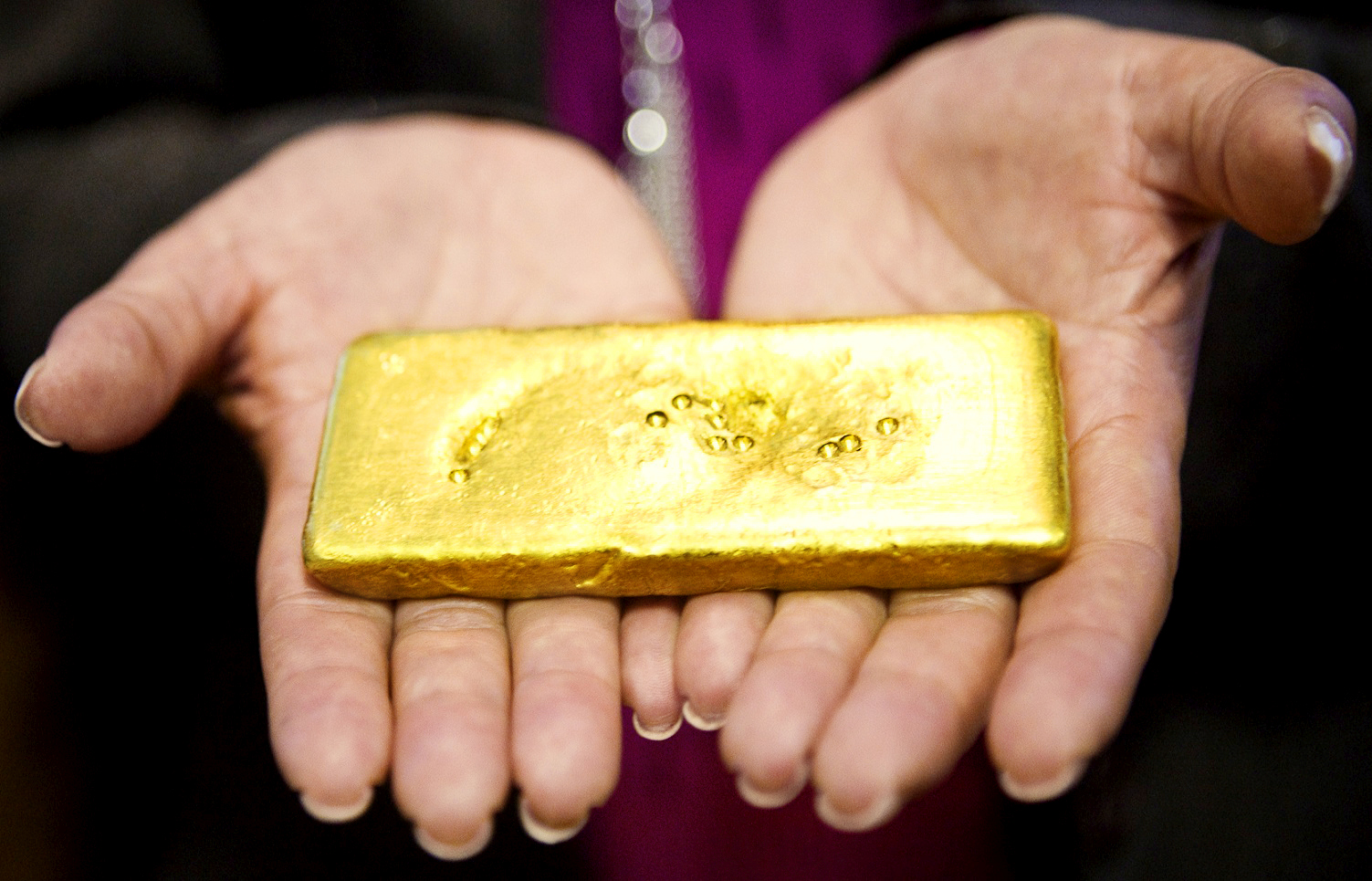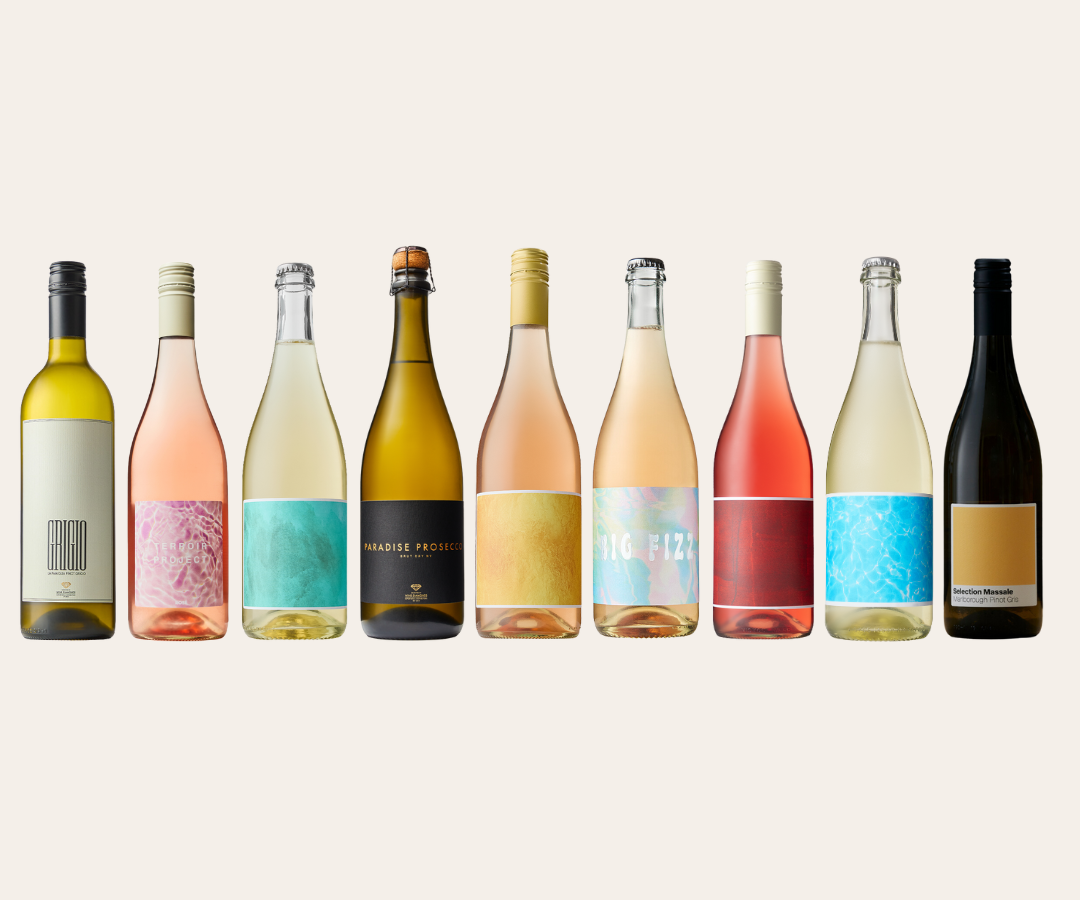From the moment that the first gleaming yellow nugget was plucked from among the pebbles at the bottom of a stream, gold has been an object of attraction and desire. But like the two sides of a coin, gold represents the best and the worst worlds.

Wonderfully malleable – yet chemically very stable – and with a brilliantly warm lustre, gold has been sought after for use in coinage, jewellery and other arts from before the beginning of recorded history.
It is believed that as far back as 4,000 BC, a culture centred in what is now Eastern Europe was using gold, likely to have been mined from the Transylvanian Alps or Mount Pangaion area in Thrace. And by the time the book of Genesis was being written, gold was available to Adam’s descendants in the land of Havilah, in the Middle East. Gold deposits have been found throughout the world, including in Africa, Australia, Mongolia, Russia, Latin America, Indonesia and Papua New Guinea. Thanks to the early trade in nuggets and coins, this enchanting element became a prized part of almost every human culture.
Gold, beauty, success and power have always gone hand-in-hand. Ancient kings sipped wine from goblets of solid gold, and dazzling objects of worship, such as shrines and idols, were fashioned from gold. The ancient Greek poet Homer refers to gold as the glory of the immortals and as a sign of wealth among ordinary humans in his epic poems The Iliad and The Odyssey. Today we celebrate top athletes by awarding them gold, and it’s a sure sign that your bank or airline are trying to impress you when they suggest an upgrade to a gold – or even better – a gold elite card. Meanwhile, fat-cat bosses retire with the obligatory golden handshake.

“Wild honey smells of freedom
The dust – of sunlight
The mouth of a young girl, like a violet
But gold – smells of nothing”
–Anna Akhmatova
Gold is universally recognised as a measure of value. For many years – until the World Wars I and II caused the system to collapse – the Gold Standard was an integral part of the international monetary system, directly linking the value of a country’s currency or paper money to a fixed quantity of gold. (New Zealand abandoned this standard in 1931.) And among mathematicians, it’s said that if the ratio of two quantities is the same as the ratio of their sum to the larger of the two quantities, they’re in the golden ratio.
On a more personal level, if we value the relationships we have with those around us, we generally try to live according to the golden rule – of treating others as we would like to be treated ourselves. Meanwhile the most altruistic among us are said to have hearts of gold. The favoured child is the golden one and the very best behaved are said to be as good as gold – a phrase used by Charles Dickens in his 1843 novella A Christmas Carol.

When a friend shows us a hilarious YouTube clip or something particularly ironic happens, we might say the moment was ‘gold’, or even ‘pure gold’. Gold even colours the brief pauses in our lives. We value rare moments of peace, so it’s no surprise that we refer to these precious moments of silence as ‘golden’.
The height of wisdom or achievement is called the golden age for that civilisation or pursuit. As in the ‘golden age of comic books’, which rocketed into orbit in 1938 with the launch of Superman, and which lasted till the ignominious comic book burnings of McCarthyism in the 1950s. And all the while the best of the classic hits playing on the radio are called the golden oldies.
As well as being a measure of wealth and power, gold can also represent the highest of what might be: golden halos, divine principles, the scales of justice, the wisdom that comes with ageing and the hope of human love. When we exchange rings as part of a marriage vow to have and to hold, gold is there as a symbol of the purity of our love and of the seriousness of our intentions. If we make it to our 50th wedding anniversary, it is declared to be golden. And if we don’t go too batty, but enjoy good heath and get to share our latter years with those we love, they’re said to be golden as well.

Making trouble: Fighting for Fair Trade Jewellery was voted by The Retail Jeweller 2011 as one of the Top 100 innovators in the UK jewellery industry
Gold’s essential brilliance and lustre makes it something we’re naturally attracted to – and like prospectors caught in a feverish gold rush – something we can’t help hankering after, if even just a bit. As with the elusive pot at the end of the rainbow, or the pirate’s secret treasure chest, gold holds out a bewitching promise of possibility – with history and literature laden with cautionary tales as to where that can lead.
Green gold
Gold, like diamonds, is valued for its purity, and associated with images of luxury and love. But these pictures of innocence couldn’t be further from the nasty truth. “The luxury jewellery market is built on a lie so publicly flaunted that everyone believes it, and so well marketed that no one can see through the smokescreen to get to the truth,” says Greg Valerio, a UK-based Fairtrade campaigner and general troublemaker in the jewellery industry.
Greg is one of those rare people who drive change. For 15 years he has travelled the globe – from the Arctic circle to the diamond fields of Sierra Leone and the South American rainforest – to learn first-hand of the realities behind the trade, and to campaign for ethically pure jewellery that could reward producers with a fair wage and decent working conditions. His labyrinthine story is told in the newly published book Making Trouble: Fighting for Fair Trade Jewellery.
Greg’s interest in ethical trade led him to set up CRED Jewellery in 1996, a UK-based company that became a founding member of the Alliance for Responsible Mining and which helped pioneer the sale of ethical jewellery.
Initially Greg’s aim was to sell handcrafts and jewellery from sources he could personally vouch for. But the more that Greg dug into the backstory of products he wished to sell, the more he realised how compromised the industry really was. Personal assurances weren’t enough; what the industry needed was independent certification.
Corruption, armed conflicts, pollution and massive environmental destruction, human rights abuses, indentured workers and child labour, smuggling and entrenched poverty meant that the jewellery supply chain had much to hide. Now, as always, selling the story of gold, diamonds, rubies and other precious stones and metals is about diverting attention away from these ugly truths and building the sense of allure. Greg observed that while the marketing face of gold and jewels is “seductive, feminine, expensive and aspirational” it intentionally divorces the finished product from a source that is “dirty, masculine, abusive, violent, and a monopolistic untraceable and non-transparent practice, its wealth consolidated in the hands of the few”.
This campaign has generally been so effective that as consumers, we simply don’t connect jewellery to mining in the same way that we might connect our sneakers to sweatshops, or our food to a free-range source.
As Greg says: “We stand on the shoulders of voiceless giants who anoint our rubies, sapphires, gold, silver and diamonds with sweat born from their exploitation, and we casually pretend they do not exist.”
On one fact-finding trip, Greg was taken to an Indian garnet mine south of Jaipur. After a bumpy two-hour trip they arrived at a deserted village of broken-down slum dwellings. Greg learned that the waterpipe supplying the mine workers’ homes had been dismantled by the previous mine owners, leaving the workers with no clean water and dependent on bottled water supplied at great expense, deducted from their wages.
Stepping out of the car, the visitors were hit with the suffocating heat of the Rajasthan desert. “We walked down to the pit and saw the extremities that these miners were subjected to every day; the heat, rock, thirst and the Neolithic working conditions. It was horrific. I felt like I was looking at the gateway to hell, and like Dante, whom I was reading at the time, I was overcome with the desolation of the moment,” he says.
Later, and having given a lot of thought as to what ethical jewellery meant, Greg reflected that like most people who desire change, he’d been inspired to act out of revulsion for what he’d witnessed on his travels. But rather than just responding to the negative realities of the jewellery trade, Greg realised he needed to discover what pure jewellery might look like. “I wanted to move away from generic statements like ‘responsible, sustainable and ethical’ and drill down into the specifics of what these words could mean.”
One goal was for CRED Jewellery, and ultimately other jewellery outlets, to be able to sell hand-on-heart ethical products. The only way to ensure this was to source gold and other precious metals that were fully traceable, and precious stones with a certificate of origin. Offended by the thought of “dirty gold ending up on the fingers of newly married people”, Greg’s mission was to bring certified Fairtrade gold and rings made from pure ‘green’ gold to the market. This would offer consumers a true alternative; “clean traceable sources of gold from ecologically beautiful mines, a refiner who kept the metal separate, and full traceability from mine to retail”.
In 2004 on the Pacific coast of Colombia, Greg visited a mine run by lithe and muscular father-of-eight Ameriko Mosquera. Ameriko is from the Afro-Colombian community; descendants of African slaves brought to the country by the Spanish and among the most marginalised groups in Colombia. The Chocó region is one of the most culturally rich and biologically diverse ecosystems in the world and Ameriko’s mine was part of the Oro Verde programme, established in 2000 to help protect the environment by supporting artisanal and small-scale mining in Afro-Colombian communities.
Ameriko’s mine is located in an area previously devastated by a large-scale mining operation, but like other Oro Verde miners, he was using artisanal mining techniques that involved digging and hand sifting through mud, sand and gravel using shovels and sieves. No mercury or cyanide is used to process the gold; instead the miners use a range of traditional techniques inherited from their ancestors.
Ameriko led the visiting party into the forest through dense undergrowth, still and foreboding with the only sounds being running water and the singing of insects. “We walked for what seemed like miles, following a number of forest streams flowing grey from the silt from the mining further upriver. Ameriko explained that this was only temporary. Once the soil stopped being washed it would return to crystal perfection.”
This ability of the local river courses to clean themselves is one of the ecological indicators that demonstrate that the miners are following sustainable mining practices.
Greg writes: “As we climbed up a small watercourse and turned a corner, the landscape opened up in front of us and we entered what seemed like ancient history … It was like walking into a living land sculpture. As the soil was washed, large stones and boulders were exposed, and instead of discarding them, the miners would begin to bank them up in perfect formation, creating large rock terraces reminiscent of an Aztec or Mayan topology. Into this was placed topsoil for preservation that would be used at a later date to start the reforestry programme. Above us was a dammed lake that provided the water for the soil washing. The water cascaded down some 30 feet to the foot of the mine, next to which five members of Ameriko’s family were busy cleaning up the mess left by the large-scale miners and removing the remaining gold.”
In one week, a mechanised mining operation can extract as much gold as one small-scale family operation could in two years; an approach that “destroys employment opportunities and the sustainability of entire ecosystems,” says Greg. “The money then left the region and ended up in shareholders’ pockets. It robbed the local people of a sustainable income and displayed the worst possible attitude towards the local culture by leaving these sites as barren wastelands for someone else to clean up.”
Through careful and methodical methods, Ameriko and his family were able to extract up to 20 grams of gold a day, which was then sold to the not-for-profit company Amichoco for refining and marketing as green gold. Greg says that to watch the operation was “to understand the inherent beauty and dignity of work. Ameriko and his family anointed every gram of gold with the dignity of their labour and were more akin to artists than miners.”
The visit provided a glimpse of how the jewellery supply chain might be reforged along ethical and sustainable lines. And meeting Ameriko was just one step of many in the establishment of certified Fairtrade gold, which was finally achieved in February 2011, just in time for Valentine’s Day.
In 2011 at a swanky event at London’s Natural History Museum, Greg was named The Observer Ethical Awards Campaigner of the Year. Surrounded by eco celebs such as Lucy Siegle and Colin and Livia Firth, Greg scanned the room to find Ameriko. “Here was the man who stood in the muddy streams of Chocó with his family, and washed out the gold that supported them … To me he represented 100 million small-scale miners from around the world whose poverty and suffering has been ignored … It was for men like Ameriko that I had campaigned so hard in the jewellery industry for their existence to be recognised.”
There’s still a mountain to conquer in making the jewellery trade into something approximating fair – but Fairtrade gold marks a huge step. It proves that despite the challenges, it’s possible to create a piece of jewellery which ensures that the miners get a better deal for their hard work.
The Fairtrade revolution in jewellery is about reconnecting the source with the finished product, says Greg. As consumers we’re increasingly seeking greater knowledge of what impact we’re having when spending our money and jewellery must not be an exception to the spotlight of ethical scrutiny. The Fairtrade gold standard creates a verifiable way for consumers to know that their gold comes from a legitimate, democratic, transparent and socially responsible source: a mining group that is investing the money they receive back into their communities to tackle any deficits in education and health care. It also removes child labour from mines, controls the use of chemicals in gold extraction and ensures gold is not contributing to armed conflicts.
As Greg puts it, “We’ve put the soul back into gold jewellery, we’ve given it a personality, given it life, given it an origin, given it a customer and most of all given it a voice.”
As well as being named The Observer Ethical Awards Campaigner of the Year in 2011, Greg Valerio was voted by The Retail Jeweller 2011 as one of the Top 100 Innovators in the UK jewellery industry. A co-founder of Fair Jewellery Action, Greg currently serves on the British Jewellers Association and National Association of Goldsmiths ethics working group and advises the Diamond Development Initiative. He’s currently working with Fairtrade International coordinating their International Gold programme, and Peace Direct in eastern Congo to help establish a Peace Gold
programme with ex-combatants. For more, go to here
Making Trouble: Fighting for Fair Trade Jewellery was published in 2013 by Lion Books and is distributed in New Zealand by New Holland Publishers.







